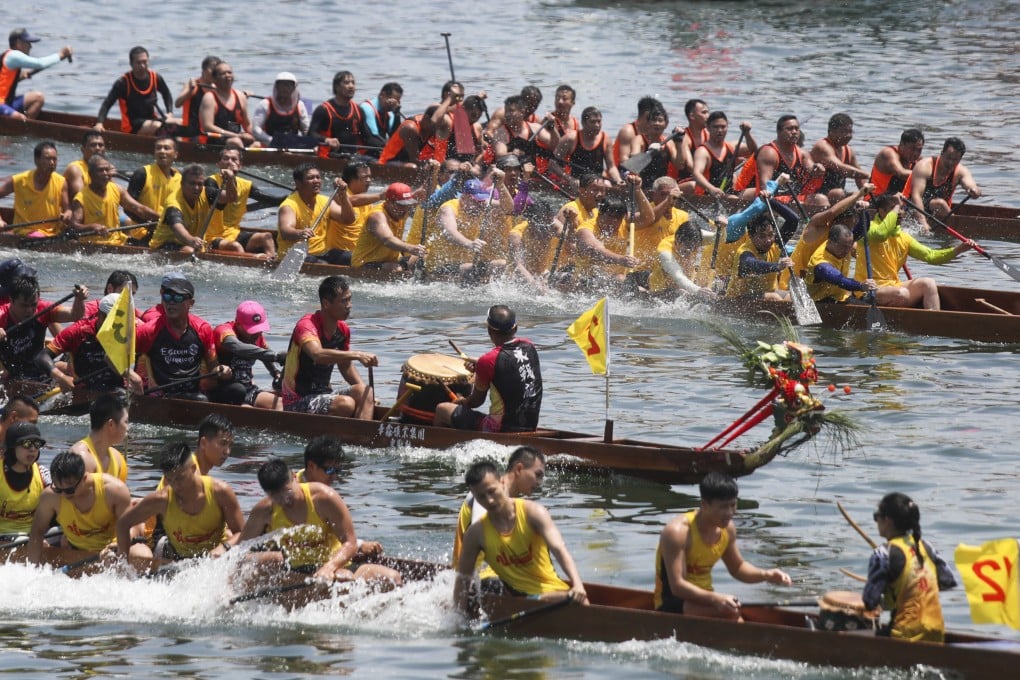Dragon Boat Festival races a big draw in Hong Kong, but who builds the boats?
- There would be no dragon boat racing without dragon boats, but the craft of building them is at risk of dying out in Hong Kong

On the fifth day of the fifth month of the lunar calendar – which this year falls on June 10 – spectators watch crews of paddlers compete in adrenaline-pumping dragon boat races.
Paddlers row in unison with all their might to the frenetic beating of drums as they vie to be the first to cross the finish line. Their efforts, a highlight of the annual Dragon Boat Festival, also known as the Tuen Ng Festival, are the fruit of months of practice, tears and sweat.
A tradition that once paid tribute to ancient Chinese poet, government official and patriot Qu Yuan, who lived from 339-278BC, dragon boat racing has become an internationally recognised competitive sport. Behind the stirring scenes, it is sometimes easy to forget about its essence – the dragon boat.
Dragon boat building requires meticulous artistry and craftsmanship. The vessels’ streamlined shape and precise measurements are key to their agility. The choice of material is also key to their speed – in Hong Kong, the hull is typically made from teak, while the dragon’s head and tail at either end are made from camphor wood.
Hong Kong was once home to a vibrant dragon boat-building industry, with boatyards in Aberdeen, Ap Lei Chau, Shau Kei Wan and elsewhere.

